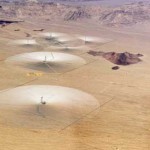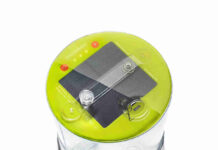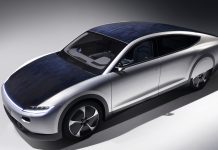 Google announced its Renewable Energy Cheaper than Coal project focused on advancing a type of concentrating solar power technology in a solar power tower.
Google announced its Renewable Energy Cheaper than Coal project focused on advancing a type of concentrating solar power technology in a solar power tower.
The project begins years ago in 2007 and as the company wrote “a point in their engineering projects we’re to facing new challenges related to the solar receiver design”.
“At this point, other institutions seem better positioned than Google to take this work to the next level. Therefore, we’ve retired our engineering work on RE<C and are sharing our key findings.”
Solar power tower systems work by assembling an array of mirrors (heliostats) around a solar tower receiver, where water (or some liquid) is heated and ultimately creating steam to drive a turbine.
Bright Source Energy’s plant is under construction in Californian Desert -having $168 million in backing from Google – could be the world’s largest when it begins operations in a couple of years.
Google acknowledged that a sharp decline in the installed cost for solar photovoltaic (PV) systems, which has made PV “a compelling choice for consumers,” was a factor in its decision. “We’re excited that some technologies are so quickly approach cost competitiveness with traditional forms of energy,” the company wrote.
In addition to passing along its research, the company listed a trio of lessons learned through RE<C: first, that “using lower cost materials and smarter software controls can generate better before at lower cost” than making strong heliostat structures; two, “that using a ‘Brayton engine’ – a jet engine that uses solar energy to heat air and does not require spray cooling with water – significantly reduces water use and may reduce operating costs as well;” and, lastly, that “focusing on the cost and quality of the system as a whole… rather than attempting to optimize each individual component,” was a better approach to take.



